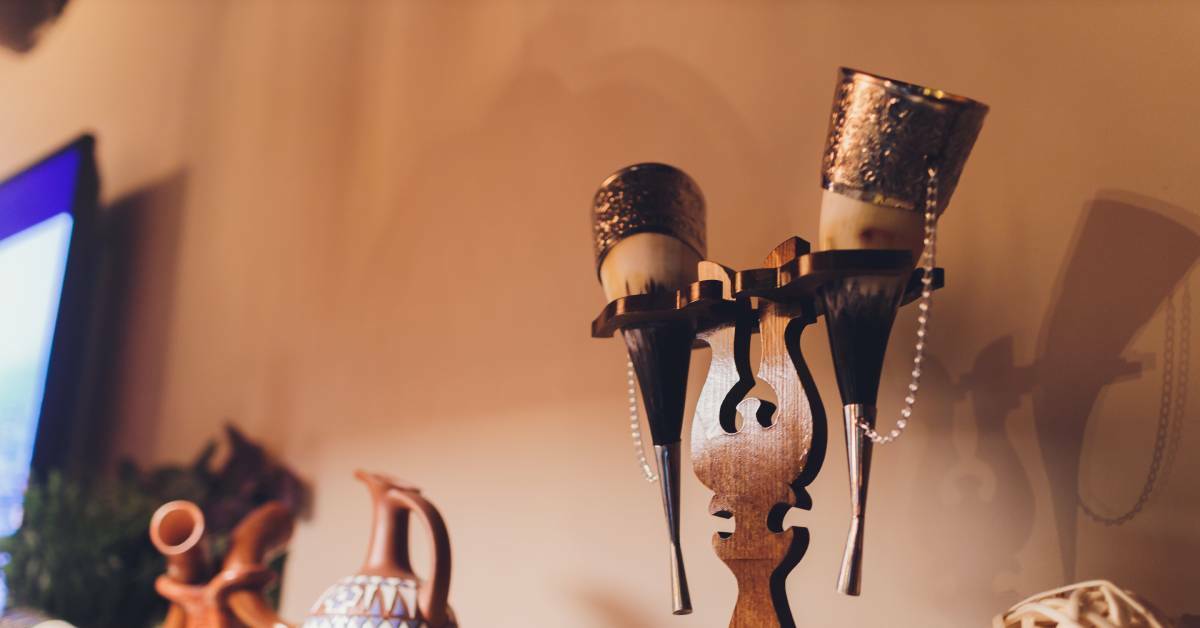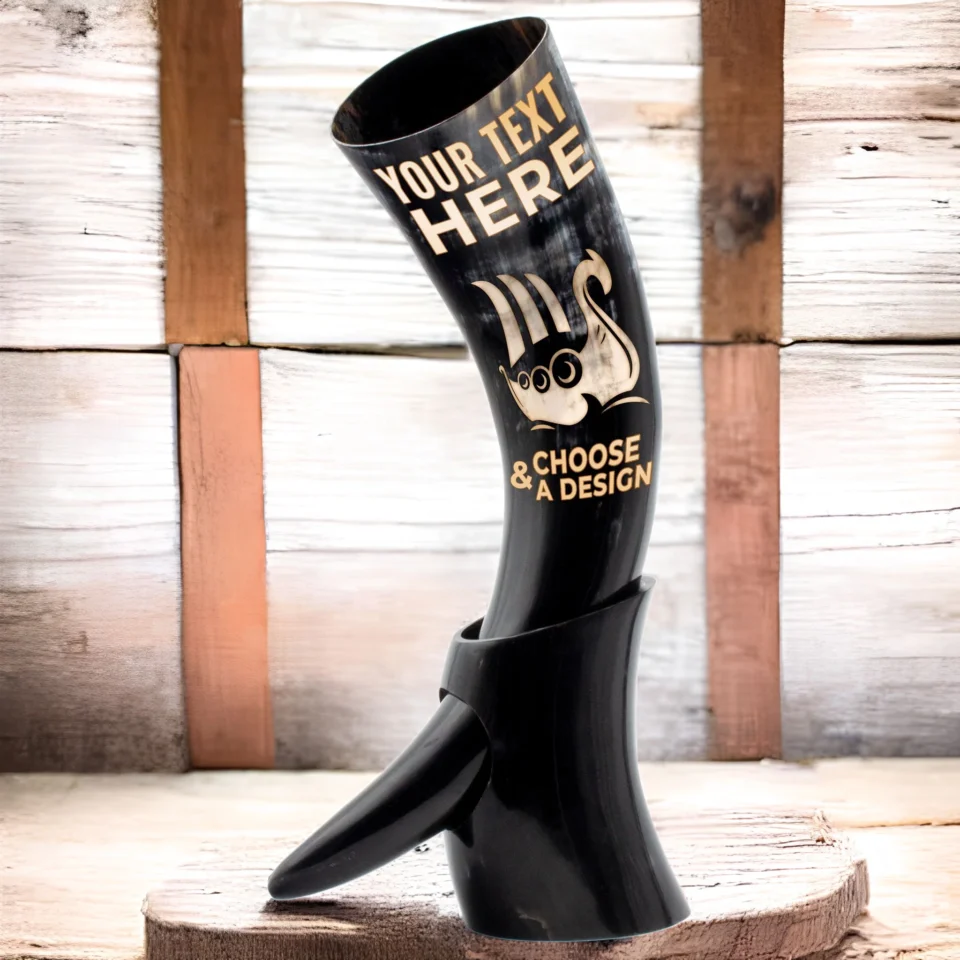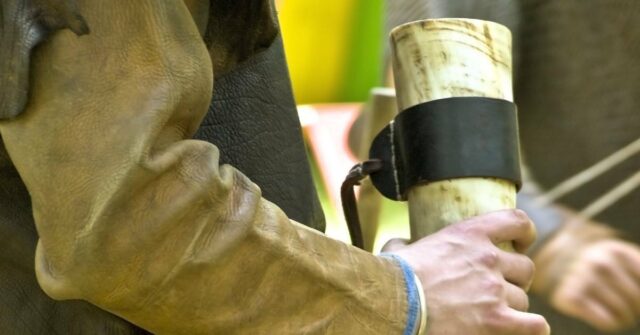Whether you’re a history buff, a re-enactor, or just someone who appreciates the unique aesthetics of traditional drinking vessels, maintaining the condition of your drinking horn is critical.
This article delves into the details of proper storage and care for your drinking horn to ensure its longevity.
Let’s embark on this journey of understanding the best practices and how to avoid common pitfalls in preserving your precious drinking horn.
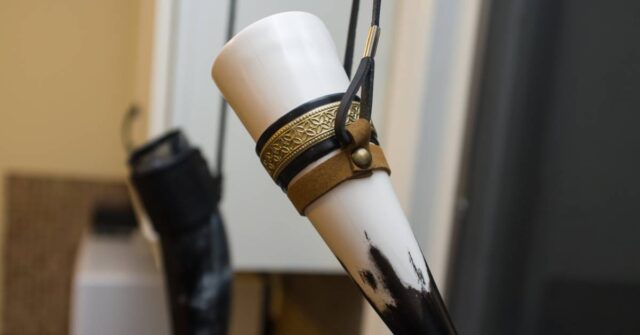
The History of Drinking Horns
Drinking horns, one of the oldest known drinking vessels, have held a significant place in human history across cultures, from the ancient Greeks to the Vikings.
These vessels were seen as symbols of power, status, and even the divine in various societies. Understanding their historical significance helps us appreciate the need for preserving these remarkable artifacts.
Understanding the Material: Horns
The first step in taking proper care of your drinking horn is to understand what it’s made of. Horns, unlike antlers, are made of keratin, the same protein that forms human hair and nails.
As such, it requires specific conditions and treatments to ensure it stays in top shape over time.
Anatomy of a Horn
The outer layer of the horn, known as the sheath, is dense and durable, making it an excellent material for crafting drinking vessels.
The inner core is less dense and is often removed during the manufacturing process. Understanding these structural nuances is important in maintaining your drinking horn.
Types of Horns Used for Drinking Vessels
Various types of horns, from cattle, buffalo, and even goats, can be used to create drinking vessels. The type of horn influences its size, shape, and color, which subsequently dictates its specific care requirements.
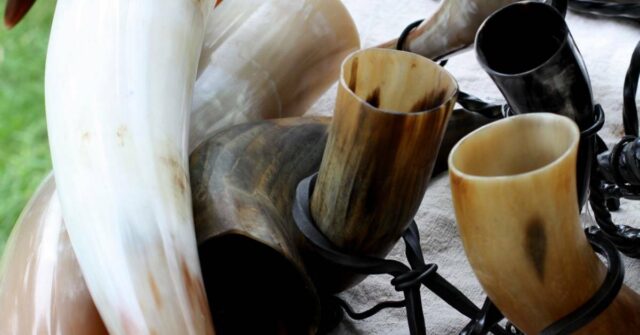
The Importance of Proper Drinking Horn Storage
Proper storage is critical to maintain the integrity of your drinking horn. This entails protecting it from damage, ensuring hygiene, and preserving its aesthetics.
Preventing Damage
Drinking horns are relatively durable but can be damaged by rough handling, extreme temperatures, and improper storage. Such damages can be avoided or minimized with careful handling and storage.
Maintaining Hygiene
Ensuring that your drinking horn is clean before storage helps prevent the growth of mold, bacteria, and other potentially harmful organisms. This not only keeps the horn safe for drinking but also prolongs its lifespan.
Preserving Aesthetics
Proper storage and cleaning methods help maintain the horn’s visual appeal. Regular maintenance prevents discoloration, dullness, and cracks, ensuring your drinking horn continues to look its best.
Best Practices for Cleaning Drinking Horns
Effective cleaning is an important part of preserving a drinking horn. Regular cleaning, done correctly, can significantly improve the lifespan of your horn.
Washing the Drinking Horn
After each use, rinse your drinking horn with warm water, avoiding any harsh detergents. If needed, a mild soap can be used to clean the interior. Thoroughly rinse out any soap residue as it could affect the taste of your next drink.
Drying the Drinking Horn
Drinking horns should be thoroughly dried after washing. Use a clean, dry cloth to wipe the horn inside and out. Leave it to air dry in a well-ventilated location but avoid direct sunlight, which can cause the horn to warp or crack.
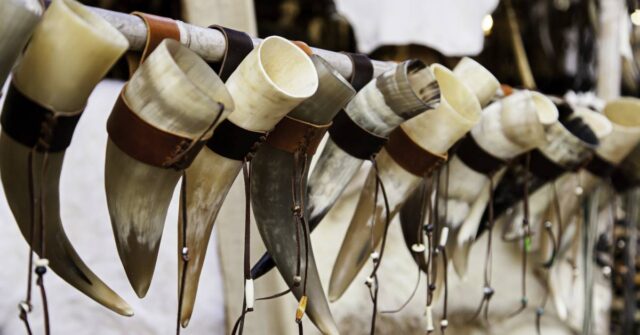
Best Practices for Storing Drinking Horns
The way you store your drinking horn can greatly affect its longevity and aesthetic appeal. Consider these tips for optimal storage conditions.
Choosing the Right Storage Location
Store your drinking horn in a cool, dry place out of direct sunlight. Excessive moisture can lead to mold growth, while too much heat can cause the horn to dry out and crack. A cabinet or shelf in a room with a relatively stable temperature is ideal.
Temperature and Humidity Considerations
Temperature fluctuations can lead to damage. Similarly, overly humid conditions can encourage mold growth. Aim to keep the horn at room temperature and in an environment with a relative humidity of around 45-55%.
Orientation and Support
Storing the horn with the opening facing down can promote air circulation and prevent moisture accumulation. It’s also recommended to use a stand or holder to prevent the horn from falling or being knocked over.

Regular Maintenance and Care
Regular inspection and maintenance are vital to keeping your drinking horn in optimal condition. This includes checking for signs of damage and carrying out necessary surface care procedures.
Inspecting Your Drinking Horn
Check your horn regularly for any signs of damage such as cracks, discoloration, or mold growth. Early detection can prevent further damage and ensure any necessary repairs are carried out promptly.
Polishing and Surface Care
Avoid using chemical cleaners or polishes. Instead, you can use a mix of beeswax and oil to maintain the sheen and protect the surface of your horn. Apply a thin layer, let it sit for a few minutes, and then buff it off with a clean cloth.
Common Mistakes to Avoid
While caring for your drinking horn, there are certain practices to avoid. These include using the horn for hot drinks, washing it in a dishwasher, using harsh cleaners, or leaving it in direct sunlight.
Such actions can cause irreparable damage to your drinking horn.
Additional Tips for Longer Lifespan
Additional measures, such as not leaving any liquid in the horn for extended periods, using it only for cold or room temperature drinks, and ensuring it’s completely dry before storage, can further enhance your horn’s longevity.
Drinking Horn Repair
In the unfortunate event of damage, there are ways to repair your drinking horn, depending on the severity of the issue. Whether it’s small surface cracks or deep splits, there are solutions available.
Small Surface Cracks
Small surface cracks can often be repaired using food-safe epoxy. Be sure to follow the manufacturer’s instructions for the best results.
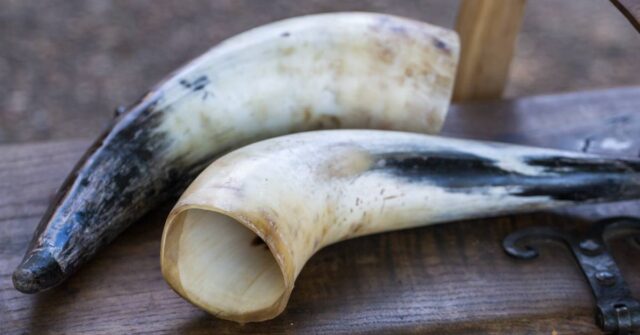
Deep Cracks or Splits
Deep cracks or splits may require professional repair. Consult a professional for advice if your drinking horn has sustained significant damage.
Sealing and Buffing
Once any repairs have been made, sealing and buffing the horn can restore its appearance and provide a protective layer to prevent further damage.
Conclusion: The Reward of Proper Horn Care
Preserving a drinking horn requires a certain level of commitment, but the reward is a beautiful, functional piece of history that can be used and appreciated for years to come.
By following these best practices for cleaning, storing, and maintaining your drinking horn, you ensure its longevity and enjoyment for future generations.

